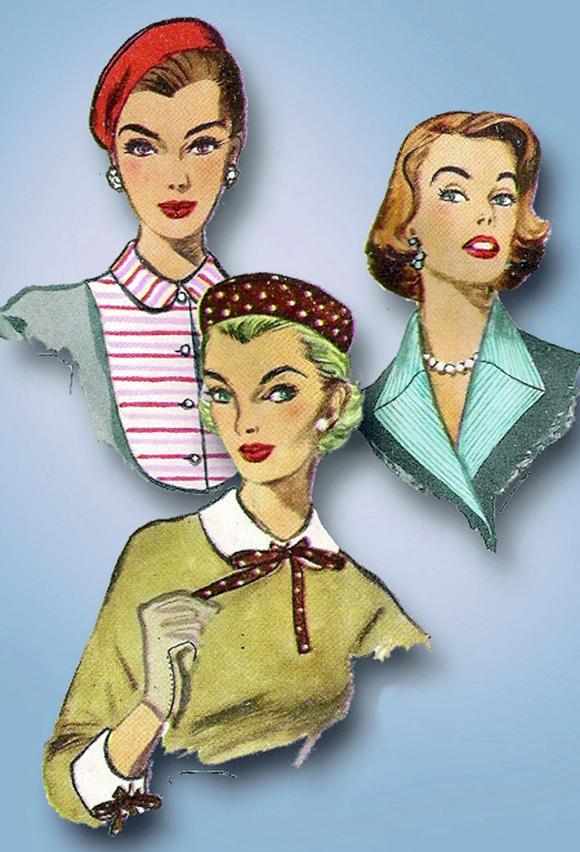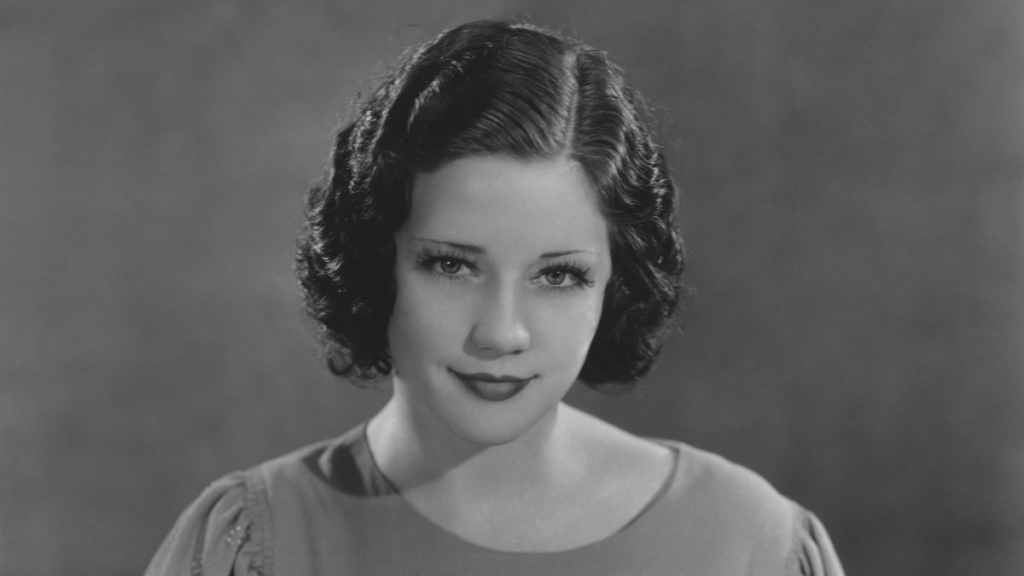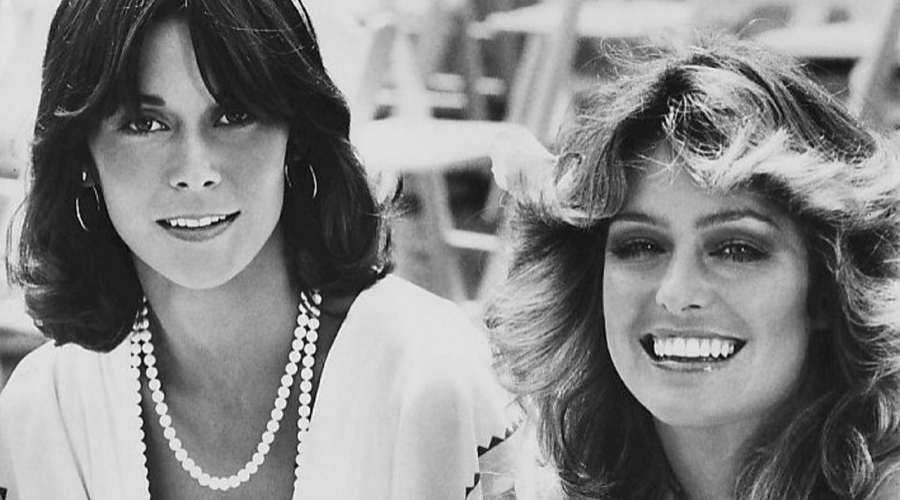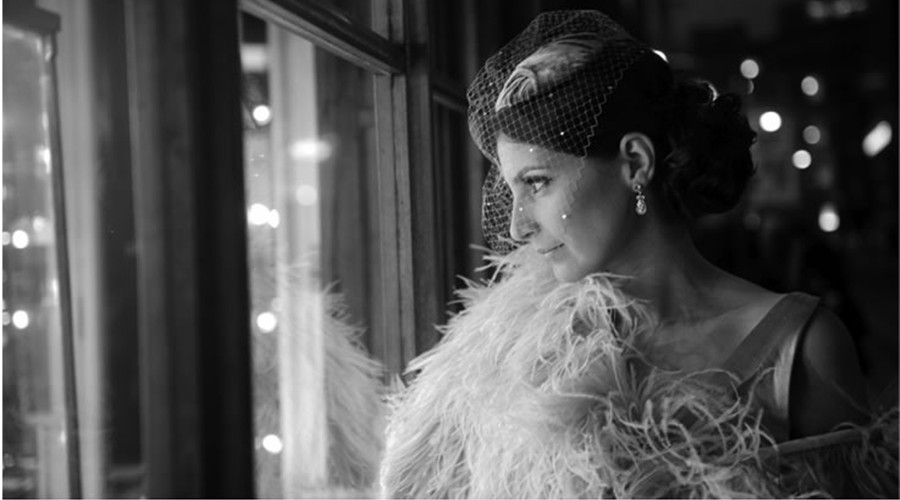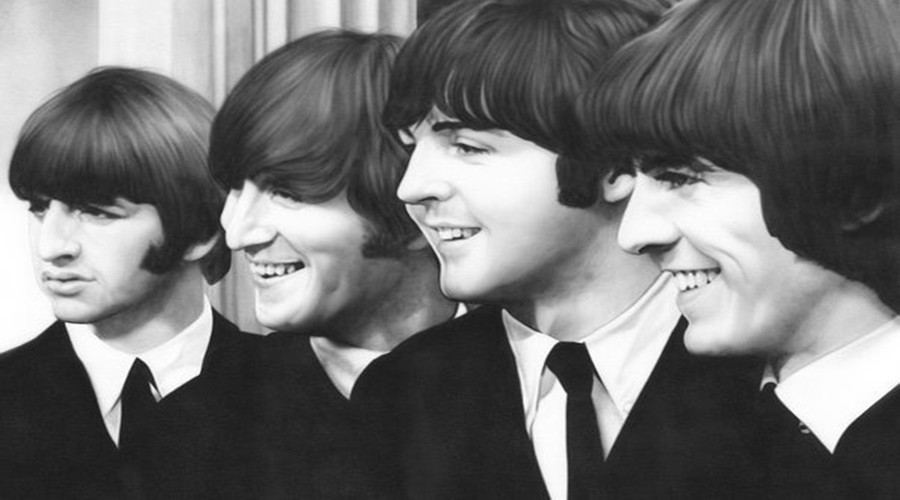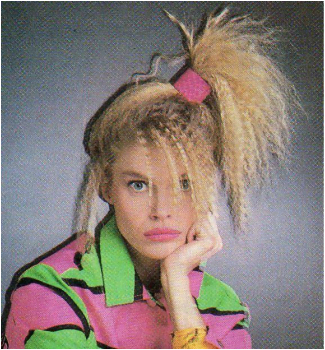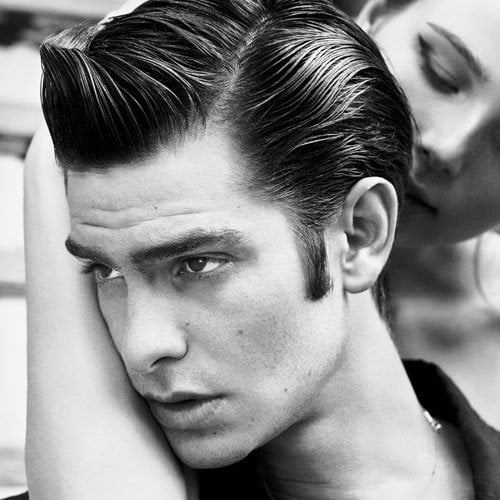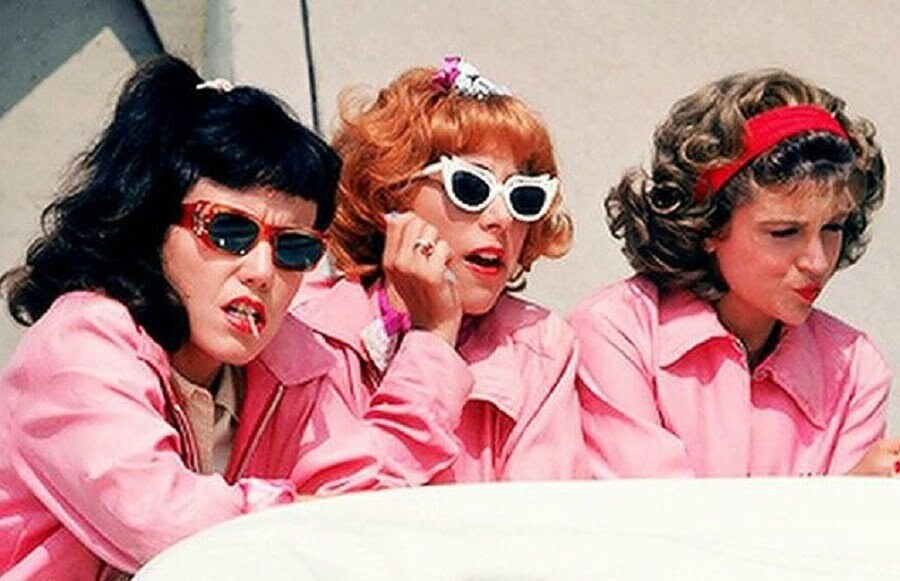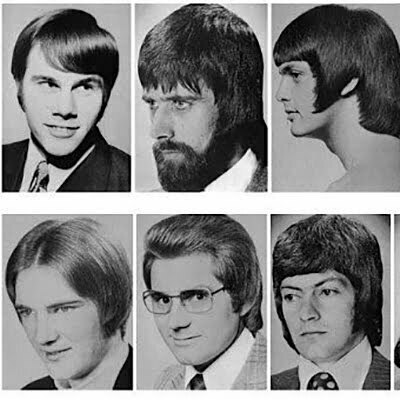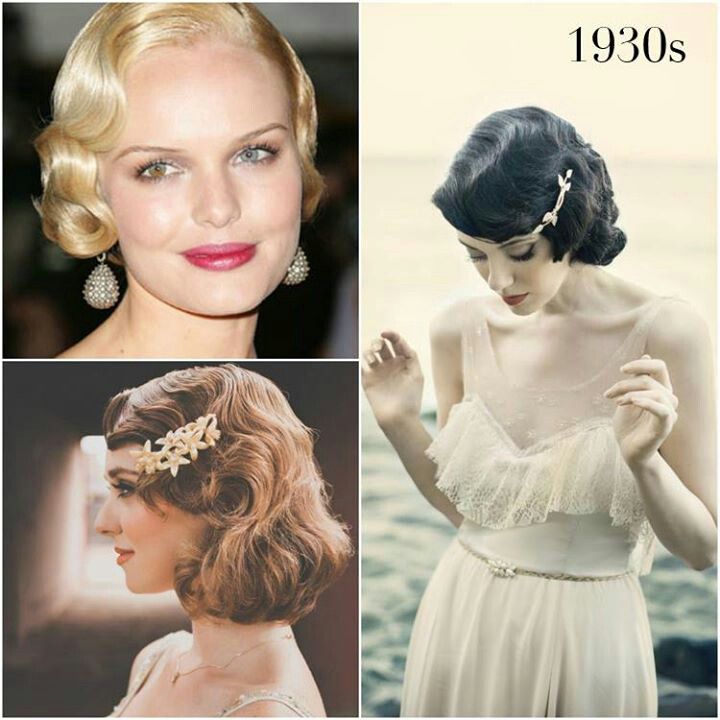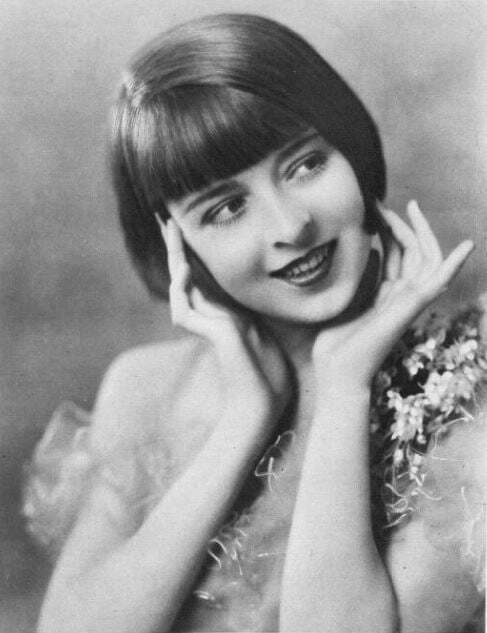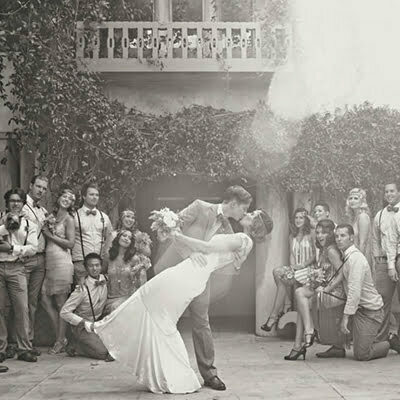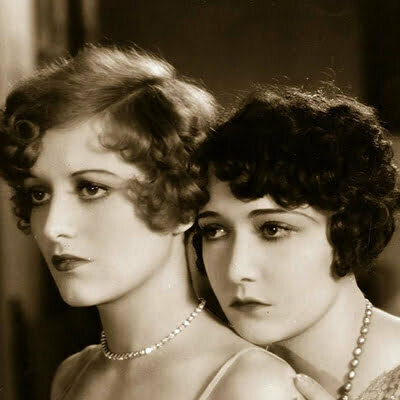1950s Dress Guide-Hairstyles for Different Dress Necklines
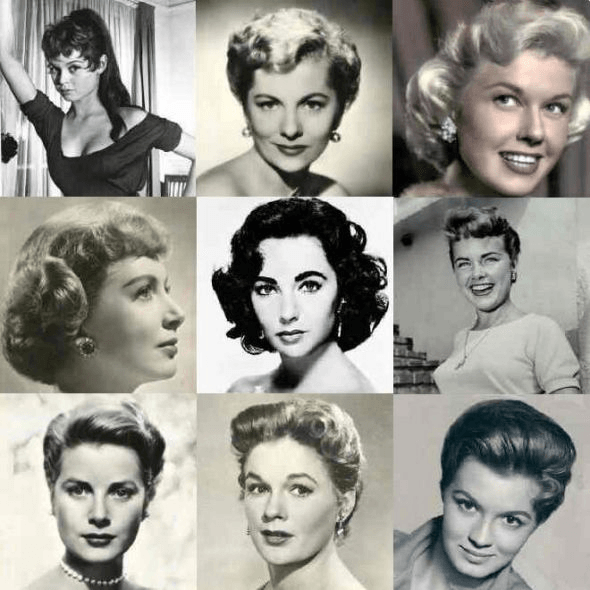
Every decade came with its own exploration of feminity, each decade a bit bolder than the previous. The 50s came with its diversity, flare and trend making it one of the highlights of fashion history. A lot of what we wear today dates back to the 50s , while the 50s was simply a modification of trends from the previous decades.
New Look Fashion of the 1950s
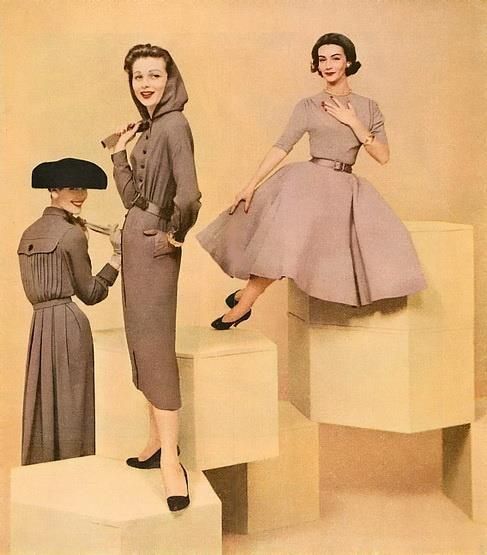 Looking back at the 50s fashion, the most notable designer who set the trend for the designs of the decade was Christian Dior. In 1947 he hit the runways with his ‘new look’ designs which set the pace for the fashion outburst of the 50s. His ‘new look’ line was adequately feminine; with padded bursts made to emphasize a small waist and full skirts. Christian got his inspiration for his line form the dresses of the Victorian Era however he made them shorter to suit the modern trend of the 50s. Regardless of their length, they were still quite modest.
Looking back at the 50s fashion, the most notable designer who set the trend for the designs of the decade was Christian Dior. In 1947 he hit the runways with his ‘new look’ designs which set the pace for the fashion outburst of the 50s. His ‘new look’ line was adequately feminine; with padded bursts made to emphasize a small waist and full skirts. Christian got his inspiration for his line form the dresses of the Victorian Era however he made them shorter to suit the modern trend of the 50s. Regardless of their length, they were still quite modest.
The 50s brought about a distinction between young adults and teenagers, especially in the fashion industry. Although adult dresses were made youthful and playful, they still had the ability to exude a certain amount of class and chic-ness. Ladies attires included; dresses with thin waists and full skirts, short sweaters and cardigans, pencil skirts and dresses, gingham and polka dot dresses and skirts and poodle skirts.
Fashion Variants of the 1950s
Other popular designers of the decade were Coco Chanel, Hubert Givenchy, Jacques Fath and Christobel Balenciaga. They all had their individual style involving as much of the feminity which was a huge part of the 50s fashion. Women’s wear was all about making owning their bodies. The typical 50s lady had either one or all of the following: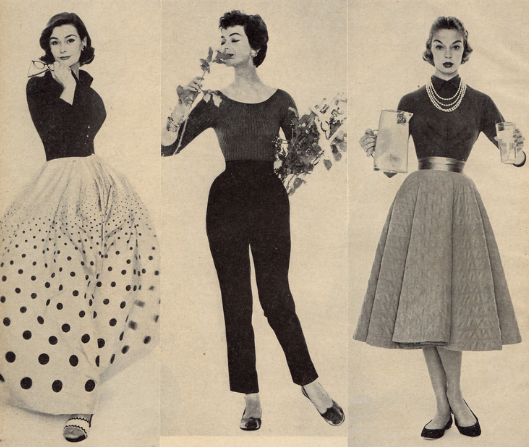
- Polka dot dresses and skirts: The polka dot pattern was one of the most common patterns of the 50s. dresses and full skirts were made with this pattern.
- Bikini: Although the bikini was still battling with public acceptance, a lot of ladies began to have them.
- Crop sweaters: These were classy and made available for professional outfits.
- New look dress: The New Look dresses were classy and decent. They emphasized the female silhouette with a simple flare and a decent length.
- Evening dress: They had a ballerina effect. Made from silk, chiffon, satin or tulle, they were combined with petticoats for added volumes.
- Prom dress: With the distinction being made between youth and teenagers, prom dresses emerged. They were made full and eye catching.
Hairstyles of the 1950s
Hairstyle was a distinct attribute that contributed to the fashion of the 50s. The 50s hairstyles were as bold and daring as the fashion had become. The decision on that hair to carry was highly dependent on length of hair and race.
Short hairstyle was quite different from long hairstyles, while African hair was made different from other racial hair.
The styles available for long and medium hair were:
- Pixie cut: Made popular by Audrey Hepburn, this style was a simple classic for ladies who wanted to maintain their short hairs. With a tiny cut fringe in front, the rest of the hair was combed in its natural direction, stopping under the ears and at the neck.
- Soft bob: Suitable for ladies with dark hair as their facial features best suited this style.
- Side part: This was a shorter version of the pageboy. Hair was cut to the side in a deep part, one part raised up and backwards, while the bottom of the hair was curled around the chin.
- Bouffant style: The 50s bouffant, although a lot more messy than that of the 60s gave the look of a classic Italian hairstyle. This style was achieved by rolling the hair and holding it on top the head tightly with a hairspray.
- Pageboy: This style was suitable for medium hair length. The page boy was combined with the side part, and hair was swept to the bottom and rolled towards the neck. In the 60s this style was turned around to create the flip.
- The Ponytail was the most popular style for long hair.
African/Black hair has always had more volume and weight than other races. Although the afro trend did not fully begin until the late 50s and 60s, The Platters and Zora Taylor wore their natural hairs. With the introduction of relaxers (chemicals, oils and pomades made for straightening frizzy hair), ladies used them instead of just the flat irons which were common at the time. With properly flat hair, African hair was easily maneuvered to give any one of the styles ladies of other race wore. African hair was only considered natural when it was straightened to resemble the straight hairs of other races. Depending on length, African hair could be made in whichever way was pleasing or trending.
Collars and Hairstyles
Selecting what to wear has always been dependent on what hair a lady chooses to wear at the time. Not all hairstyles work well with certain dresses. One determinant factor on what dress to wear is the neckline of a dress. Certain hairstyle may or may not properly define the face when worn with a certain neckline.
The popular necklines of the 50s and hairstyles that went perfectly with them were;
- The Peter Pan collar: these collars were chic and very feminine. They looked really good with the pony tail hairstyle.
- Boat necks: Popularly called the bateau by the French, this collar had a large oval neck that dropped low enough to expose the collar bones. Collars are unable to stay attached to these necks.
- Cowl collars: These collars are boat shaped and have gathers around the neck. They emphasize the collar bones and are very attractive with bouffant style, the pixie cut and the soft bob.
- Peasant tops: These collars have gathered necklines, folk embroidery and puffy sleeves. They were unique and could look absolutely stunning with the pageboy.
- Classic collars: These were simple v-neck collars that were suitable for middle length hairstyles. Hairstyles that drop around the neck with full curls.

